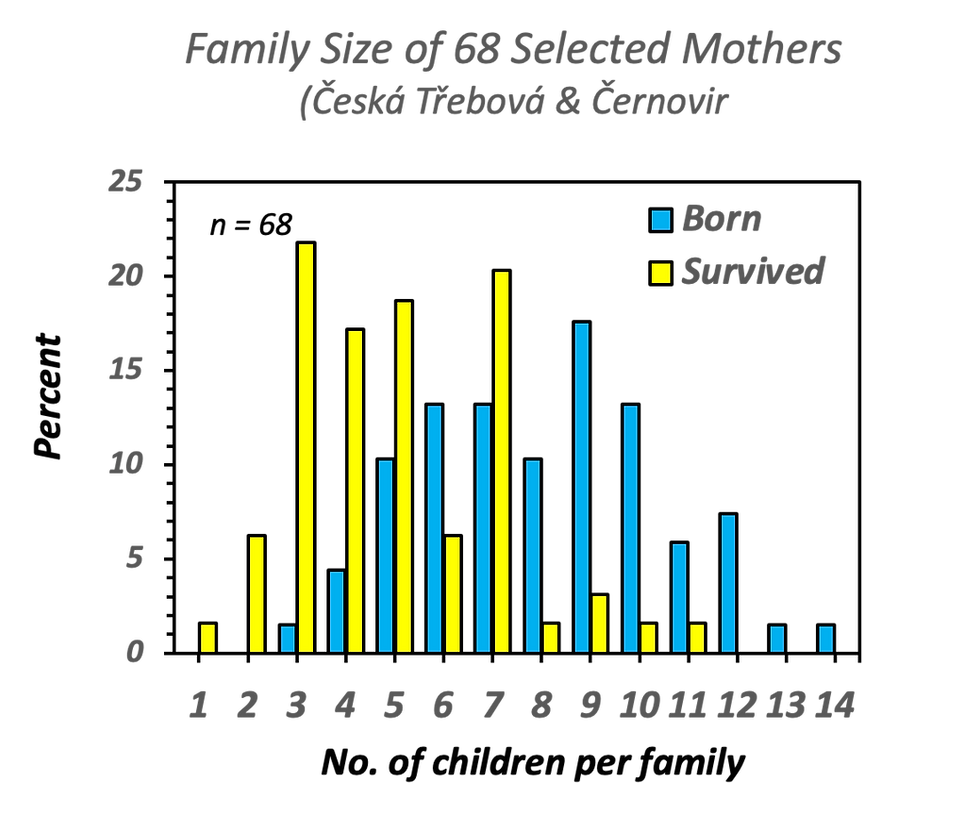The Flax Harvest
- msquier95
- Jul 27, 2022
- 3 min read
If you had ancestors from the border region of Bohemia, there is a good chance that one or more worked in the pre-industrial textile industry. In 1800, two-thirds of the inhabitants of the Chrudim province of East Bohemia worked as spinners, weavers, dyers, traders, or in other aspects of the cloth trade. This figure does not count the many farmers who grew flax and converted the harvest into fibers suitable for spinning. While Lanškroun flax was some of the best quality in Bohemia, high quality linen was not made without careful attention to the early steps of fiber extraction.
Wikipedia tells us that “dyed flax fibers found in a cave in … present-day Georgia suggest that use of woven linen fabrics from wild flax may date back over 30,000 years.” This is a remarkable statement to my mind. How would anyone have imagined that this stringy blue-flowered plant had the makings of wearing apparel? Even as seen under a microscope, a cross-section of the stem shows small bundles of flax fibers in the inner bark of the plant stem, which make up 20% at most, of the plant stem. Thus, removing the 80% of extraneous plant material by hand would seem to require a complex and time-consuming process. Yet, these ancient Georgians found a way, which evolved into the manual process described below.
Pulling: After a 3-month growing season, flax is harvested by hand pulling the plant up by the roots to preserve the length of the fibers.
Rippling: The seeds are removed Removing the seeds by running the harvested flax through a rippling comb, which consists of a single row of blunt iron nails attached to a wooden base.
Retting is a process that breaks down the plant pectin that cements the fibers to the woody parts of the stem. This step involves submerging the harvested flax in water for up to two weeks during which anaerobic degradation takes place. Alternatively, dew retting can be performed, in which the harvested flax is laid on the grass; dew and rain exert a similar effect, but this takes longer. When dry, the flax stems are brittle.
Breaking: Once dried, the flax is crushed in a flax brake, which shatters the brittle stalk and releases the flax fibers. The flax brake is a simple implement consisting of two wooden knives attached by a hinge to a wooden slot. The retted flax is crushed between the knives and the slot. At this point most of the woody material is removed.
Scutching removes the last bits of woody material clinging to the flax fibers. This step involves scraping the flax fibers against a (scutching) board with a blunt wooden knife. The amount of effort put into this time-consuming step is vital for producing quality flax thread.
Hackling: The scutched fibers are then brushed out by running them through a series of hackling combs each with more closely spaced teeth to de-tangle the fine flax fibers and separate out any fibers that are too short to make high quality linen. These shorter fibers were called tow and could be recombed to make thread for burlap, used to stuff pillows or scrub pots and pans. It is from these short fibers that the term tow-headed comes to describe someone with flaxen-colored curly hair. Hackling combs were made of several rows of sharp iron nails inserted into a wooden base. In 19th century parish records, it is not uncommon to find men in textile towns who were described by occupation as comb-makers.
At this point, the prepared flax fibers are now ready for the same processing steps as any other garment fiber, be it wool, cotton, or hemp, for spinning, weaving, and finishing. Perhaps the finished linen is worth the trouble. It is a superior product in many ways, being more breathable, absorbent and stronger than cotton. Unlike wool, it is stronger when wet than dry, and is resistant to moths and dirt.



from the Czech Archives:The Way from Česká Třebová to Iowa
Does this book also come in CZ? Thank you